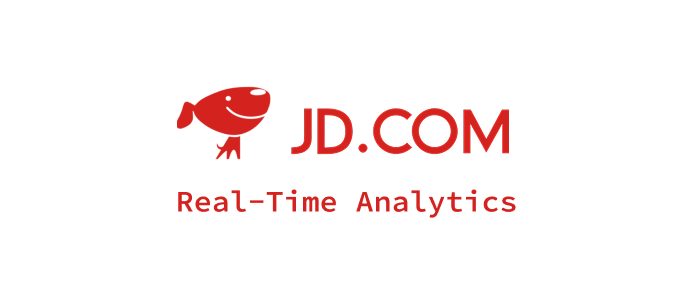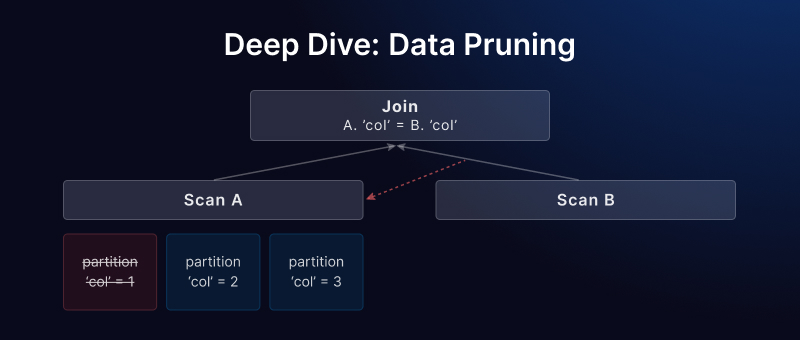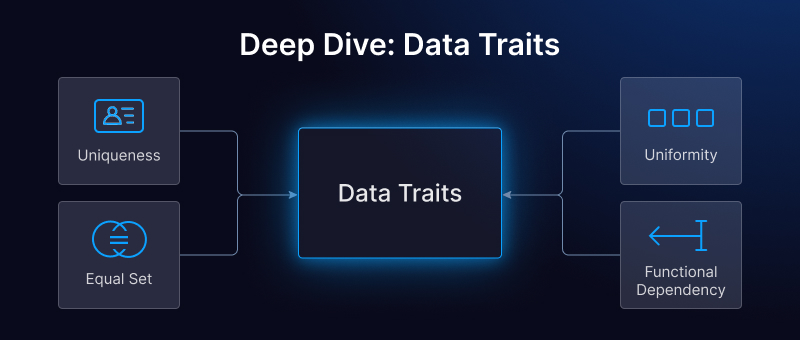1. Introduction / Background
Real-time analytics is the ability to process, analyze, and derive insights from data immediately as it arrives, allowing organizations to make instantaneous decisions based on current information. Unlike traditional batch processing, which analyzes historical data hours or days after collection, real-time analytics provides sub-second to sub-minute insights from streaming data sources such as user interactions, IoT sensors, financial transactions, and application logs. As businesses increasingly require immediate responses to changing conditions—from fraud detection and dynamic pricing to personalized recommendations and operational monitoring—real-time analytics has become a strategic necessity for maintaining a competitive edge in today's fast-paced digital economy.
2. Why We Need Real-Time Analytics
Traditional batch-based analytics face critical limitations in modern business environments that demand immediate action and response:
- Business Velocity Requirements: Modern organizations need to respond to market changes, customer behavior, and operational issues within seconds or minutes, not hours or days.
- Competitive Disadvantage: Delayed insights mean missed opportunities for revenue optimization, customer engagement, and improved operational efficiency.
- Data Freshness Decay: The value of data diminishes rapidly over time as customer preferences, market conditions, and system states change continuously.
- Operational Blind Spots: Batch processing creates dangerous gaps in monitoring, alerting, and anomaly detection that can lead to system failures or security breaches.
- Customer Experience Expectations: Users expect immediate personalization, instant recommendations, and real-time responses to their actions and preferences.
Real-time analytics addresses these challenges by providing:
- Immediate Decision Making with insights generated within milliseconds to seconds of data arrival.
- Continuous Monitoring enabling proactive responses to system anomalies, security threats, and operational issues.
- Dynamic Optimization allowing real-time adjustment of pricing, recommendations, and resource allocation.
- Enhanced Customer Experience through instant personalization, fraud prevention, and responsive service delivery.
- Competitive Advantage by enabling faster market response and more agile business operations.
3. Real-Time Analytics Architecture and Core Components
Overall Architecture
Real-time analytics systems use a streaming architecture that combines high-throughput data ingestion, in-memory processing, and optimized storage to deliver sub-second insights from continuously arriving data streams.
Key Components
3.1 Data Ingestion Layer
- Message Queues: Platforms like Apache Kafka, Apache Pulsar, and Amazon Kinesis for high-throughput data streaming.
- Event Collection: Web tracking SDKs, IoT gateways, and application event publishers.
- Protocol Support: APIs (HTTP, WebSockets, gRPC) and message protocols (MQTT, AMQP).
- Data Validation: Schema registry, data quality checks, and format normalization.
3.2 Stream Processing Engine
- Distributed Processing: Systems like Apache Flink, Apache Spark Streaming, and Kafka Streams for parallel data processing.
- Stateful Computations: Functions for windows, aggregations, and pattern detection across time-based data streams.
- Event-Time Processing: Handling late-arriving data and out-of-order events with watermarks.
- Complex Event Processing: Multi-stream joins, enrichment, and correlation for comprehensive analysis.
3.3 Real-Time Storage Layer
- In-Memory Databases: Redis, Apache Ignite, and Hazelcast for sub-millisecond data access.
- Columnar Analytics Stores: Apache Doris, ClickHouse, and Apache Druid for analytical query processing.
- Time-Series Databases: InfluxDB, TimescaleDB, and Apache IoTDB for temporal data optimization.
- Hybrid Storage: Systems supporting both operational and analytical workloads (HTAP).
3.4 Query and Visualization Layer
- Real-Time Dashboards: Tools like Grafana and Apache Superset for custom visualization.
- Alerting Systems: Threshold-based alerts, anomaly detection, and automated response triggers.
- API Gateways: REST and GraphQL APIs for real-time data access and integration.
- Machine Learning Integration: Online learning models and real-time prediction services.
4. Key Features and Characteristics
4.1 Streaming Data Pipeline Architecture
Modern real-time analytics relies on a continuous streaming pipeline architecture. This architecture allows data to flow directly from the source to the analytics engine and storage, without the delays of traditional batch processes.
4.2 Low-Latency Query Processing
Real-time analytics systems are designed for sub-second query processing, allowing users to gain insights and make decisions in near-instantaneous time. These systems use techniques like columnar storage, pre-aggregated data, and optimized indexes to deliver high-performance queries.
4.3 Event-Time Processing and Windows
A key challenge in real-time analytics is handling data that arrives out of order or late. Event-time processing ensures that data is analyzed based on when the event actually occurred, not when it was received by the system. This approach, combined with windowing functions, allows for accurate analysis of time-based data streams.
4.4 Modern Unified Analytics Platforms
Unified analytics platforms are emerging to simplify the complex architecture of real-time systems. These platforms integrate streaming ingestion, storage, and analytical query processing into a single system, reducing the need for separate tools and making the overall data pipeline more efficient.
5. Use Cases
5.1 Financial Services and Fraud Detection
Banks and fintech companies use real-time analytics to detect fraudulent transactions within milliseconds. By analyzing spending patterns, location data, and behavioral anomalies, they can prevent financial losses while maintaining a seamless customer experience.
5.2 E-commerce and Personalization
Online retailers leverage real-time analytics for dynamic pricing, personalized product recommendations, inventory optimization, and cart abandonment prevention, responding to customer behavior as it happens.
5.3 IoT and Operational Monitoring
Manufacturing and telecommunications companies use real-time analytics for predictive maintenance, network optimization, and quality control. They process sensor data instantly to prevent equipment failures and optimize operations.
5.4 Digital Marketing and Customer Engagement
Marketing platforms utilize real-time analytics for campaign optimization, audience segmentation, and content personalization, adjusting strategies based on immediate user responses and engagement metrics.
6. Key Takeaways
- Real-time analytics enables immediate decision-making by processing streaming data with sub-second to sub-minute latency for competitive advantage.
- Modern streaming architectures combine multiple technologies including Kafka for ingestion, Flink for processing, and specialized databases for real-time queries.
- Event-time processing handles real-world complexities like late-arriving data, out-of-order events, and complex temporal patterns.
- Unified platforms are emerging that support both streaming ingestion and interactive analytics, simplifying real-time architecture complexity.
- Business value increases with reduced latency as organizations can respond faster to customer behavior, market changes, and operational issues.
7. FAQ
Q: What's the difference between real-time and near real-time analytics?
A: Real-time typically means sub-second to a few seconds of latency, while near real-time usually refers to a delay of minutes to tens of minutes from data generation to insight.
Q: How do I choose between batch and real-time processing?
A: Use real-time for time-sensitive decisions (e.g., fraud detection, personalization), and batch for complex analytical workloads where latency is acceptable and cost efficiency is prioritized.
Q: What are the main challenges in real-time analytics?
A: Key challenges include handling high-throughput data streams, ensuring fault tolerance, managing stateful computations, and dealing with late or out-of-order data.
Q: How does real-time analytics impact system costs?
A: Real-time systems typically cost more due to infrastructure requirements for low-latency processing, but the return on investment (ROI) often justifies these costs through improved business outcomes.
8. Get Started
Ready to implement real-time analytics? Start by identifying your most time-sensitive use cases and building a proof-of-concept with modern streaming platforms and analytics databases.
Build Real-Time Insights: Transform your business decision-making speed by implementing streaming analytics that turns data into actionable insights within seconds of generation.





